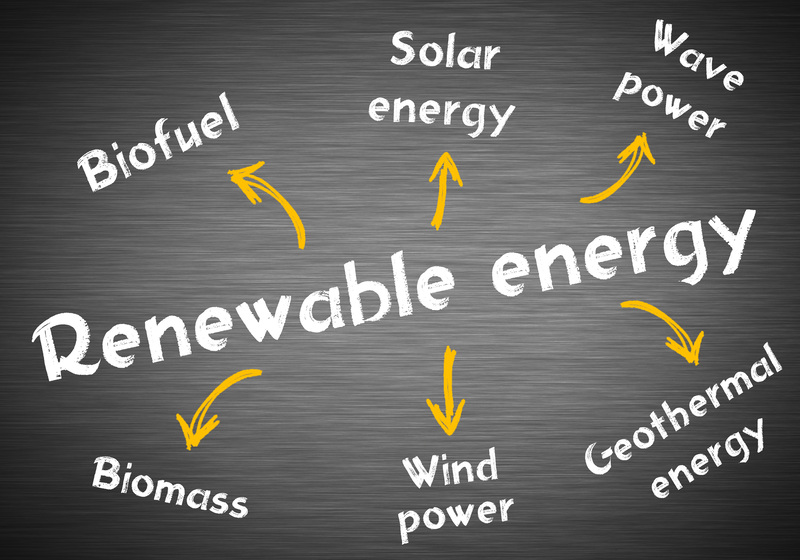Your Checklist for Responsible PPE Waste Disposal
In the aftermath of global pandemic events and with the widespread use of Personal Protective Equipment (PPE), responsible PPE waste disposal has become more important than ever. PPE--like masks, gloves, gowns, and face shields--have been instrumental in keeping people safe, but their improper disposal poses a significant environmental threat. This comprehensive guide will provide you with an ultimate checklist to ensure that your PPE waste disposal practices are legal, environmentally friendly, and safe for both public health and the planet.

Why Is Responsible PPE Waste Management Crucial?
PPE was designed to protect people from infections, hazardous substances, and other occupational hazards. However, the surge in single-use PPE has led to an exponential increase in plastic and hazardous waste. Without responsible management, this waste can end up in landfills, oceans, and public spaces, putting wildlife, ecosystems, and human beings at risk. Proper PPE waste management helps ensure that this necessary protection doesn't become an environmental catastrophe.
Key Reasons Responsible PPE Disposal Matters:
- Reduces environmental pollution: PPE waste contains plastics and chemicals that may take centuries to degrade.
- Prevents the spread of diseases: Contaminated PPE can carry infectious agents if not disposed of correctly.
- Upholds regulations: Non-compliance with local waste management regulations can lead to legal and financial repercussions.
- Supports sustainability goals: Thoughtful PPE waste handling supports global efforts for sustainability and health.
A Practical Checklist for Responsible PPE Waste Disposal
To help you or your organization navigate the safe disposal of PPE waste, we have created a detailed checklist. By following these steps, you will significantly reduce the environmental impact and health risks associated with PPE waste.
1. Know Your PPE Waste Categories
- General PPE Waste: Includes items like disposable masks, face shields, lightweight gloves used in non-medical settings.
- Contaminated PPE Waste: Involves PPE exposed to infectious agents, chemicals, or hazardous materials.
- Reusable PPE Waste: Items intended for reuse but no longer serviceable, such as reusable respirators and gowns.
Tip: Always separate contaminated waste from general PPE waste. Use different colored bags or bins where possible for effective segregation.
2. Segregate PPE Waste at the Source
Responsible PPE disposal starts at the point of use. Assign specific bins for PPE waste that are clearly labeled and strategically placed in high-traffic areas such as entrances, exits, and washrooms.
- Use red bags/bins for contaminated items (especially in healthcare or laboratory settings).
- Use black or clear bags for general PPE that isn't contaminated.
- Make sure bins have lids and are non-touch (foot pedal mechanism is ideal) to limit the risk of contact and infection.
Educate staff and users about proper segregation--wrong disposal can cause cross-contamination.
3. Use Personal Protective Equipment While Handling PPE Waste
An often-overlooked point in the PPE waste management checklist is ensuring that those who collect and dispose of the waste are themselves protected.
- Wear gloves, a mask, and if available, an apron or gown when handling waste bins.
- Change gloves and wash hands thoroughly after each collection round.
Never reuse gloves or masks when managing PPE waste to prevent accidental exposure.
4. Employ Secure Bins and Bagging Practices
- All PPE waste bags should be double-bagged to prevent leaks or punctures.
- Do not overfill bins--leave space at the top to tie bags securely.
- Seal bags tightly and avoid compressing waste to prevent the risk of aerosolizing contaminants.
- Bins should be disinfected regularly, especially after handling contaminated waste.
5. Label Waste Bins and Bags Clearly
- Labels should indicate the type of waste (e.g., "PPE Waste Only" or "Biohazard").
- Use official biohazard symbols for containers that have potentially infectious materials.
- Ensure labels are legible and resistant to water or chemicals.
6. Secure On-Site Storage of PPE Waste
- PPE waste awaiting collection must be kept in a secure, well-ventilated area, away from public spaces and food preparation zones.
- Limit access to authorized personnel to avoid unnecessary risk.
- Do not store PPE waste for long periods; follow local guidelines for maximum storage durations.
7. Arrange Safe Disposal and Collection
- Partner with a licensed waste management service for bulk PPE waste disposal, especially for medical or hazardous waste.
- For household or small-scale PPE waste, follow local authority guidelines and avoid mixing it with recyclables or compostables.
- Do not incinerate PPE waste at home--improper burning releases toxic substances.
8. Ensure Compliance with Local and International Regulations
Different countries, states, or municipalities have their own standards for safe PPE disposal. Always check and comply with the relevant waste management laws--non-compliance can result in heavy fines and environmental damage.
- Be aware of local hazardous waste disposal protocols.
- Maintain disposal records if required by law (especially for institutions and businesses).
9. Educate and Train Employees or Family Members
- Provide regular training sessions on proper PPE waste management procedures.
- Distribute visual aids or checklists near disposal stations.
- Encourage everyone to immediately report overfilled bins or exposure incidents.
10. Consider Eco-Friendly Disposal Alternatives
As part of your responsible PPE waste disposal checklist, assess emerging sustainable technologies:
- Biodegradable PPE: Explore options made from materials designed to break down faster.
- PPE Recycling: Some companies are now able to recycle certain types of PPE. Check for local programs.
- Reusables where practical: If safe, opt for reusable masks, gowns, and shields that can be disinfected and reused multiple times.
The Environmental Impact of Improper PPE Waste Disposal
*Improper disposal of PPE waste* can have devastating consequences for the environment:
- Microplastic generation: When PPE breaks down, it releases tiny plastic particles into waterways and soil, affecting wildlife health and food safety.
- Wildlife hazards: Animals can ingest or become entangled in discarded masks and gloves.
- Marine pollution: PPE litter is now a frequent sight on beaches and in ocean gyres, choking marine life.
By following a responsible PPE waste disposal protocol, you can limit your footprint and contribute to a cleaner, safer earth.
Best Practices for PPE Waste Minimization
Beyond proper disposal, consider practices to minimize PPE waste generation:
- Optimize PPE usage: Avoid unnecessary single-use items.
- Implement PPE stock control: Keep accurate inventory to prevent over-ordering.
- Invest in training: Educated staff or family members are less likely to misuse or overuse PPE.
- Source responsibly: Choose suppliers committed to sustainability and responsible manufacturing.
Encourage PPE Upcycling Initiatives
- Some communities and companies are experimenting with PPE repurposing or upcycling for use in construction materials, energy generation, or even art.
- Support or get involved in such programs if available.
Homemade & Household PPE Disposal: What You Need to Know
If you're managing PPE waste from your home--such as disposable masks or gloves--consider these tips:
- Double-bag PPE waste and tie it securely before placing it in your general waste.
- Wash hands thoroughly after handling used PPE, even if you wore gloves.
- Do not place used PPE in recycling bins unless your local authority explicitly allows it.
- Mark the bags to alert waste handlers about the contents.
- Avoid discarding PPE in public areas--carry a sealable bag when out and about.
Key Takeaways for Responsible PPE Waste Disposal
- Always segregate and label PPE waste at point of use.
- Wear suitable PPE when handling waste.
- Do not mix PPE waste with recyclables or general trash in most cases.
- Educate and remind team members or household members often, using checklists and signs.
- Prioritize working with reputable, licensed waste management companies or municipal services.

FAQs on PPE Waste Disposal
Can I Recycle Used PPE?
Generally, used PPE such as masks and gloves cannot be recycled through the standard recycling stream due to the risk of contamination. However, dedicated recycling programs are emerging in some locations--*check with your local authority or recycling centers* for the latest updates.
What Should I Do if There Is No PPE-Specific Bin Available?
If a PPE-dedicated bin is not available, double-bag used PPE, mark it as "used PPE," and place in general waste--never litter or put PPE in recycling.
How Should Businesses Handle Large Volumes of PPE Waste?
Businesses should partner with certified waste handlers and ensure staff are trained to follow all required protocols. Keep detailed waste logs for compliance and monitoring.
Are There Any Special Procedures for Contaminated PPE Waste?
Yes. Contaminated PPE, especially from medical, laboratory, or high-risk environments, should be treated as hazardous waste. Use marked biohazard bags and follow all legal requirements for disposal and transportation.
Conclusion: Make Responsible PPE Waste Disposal Your Priority
As the world adapts to new health challenges, *every individual and organization plays a crucial role in managing PPE waste responsibly.* By applying the checklist above and embracing responsible disposal practices, you'll protect public health, support environmental sustainability, and help move society towards a cleaner future.
Remember: Responsible PPE waste disposal is not just an obligation; it's an opportunity for every one of us to make a positive impact on our environment and community.
Implement this PPE Waste Disposal Checklist Today!
Print out the responsible PPE waste disposal checklist, share it with your colleagues, friends, and family, and make responsible waste handling a part of your routine. Together, we can safeguard both human health and the natural world.